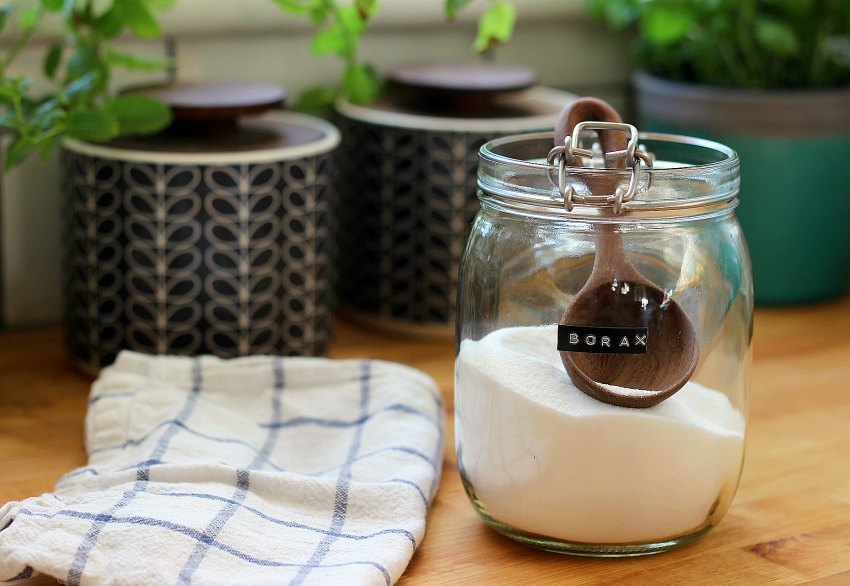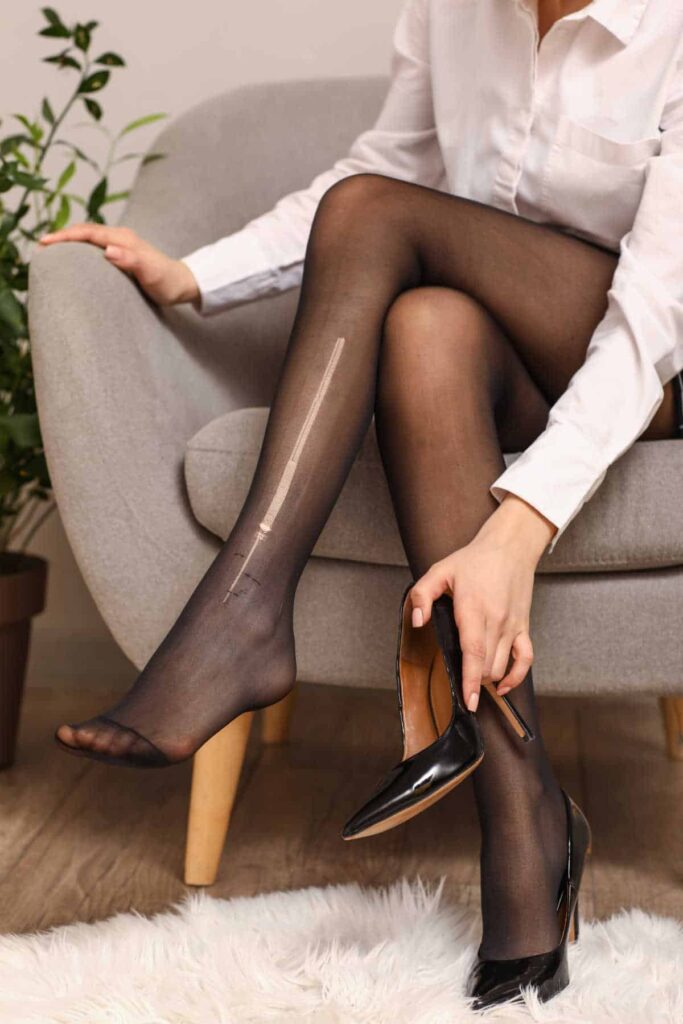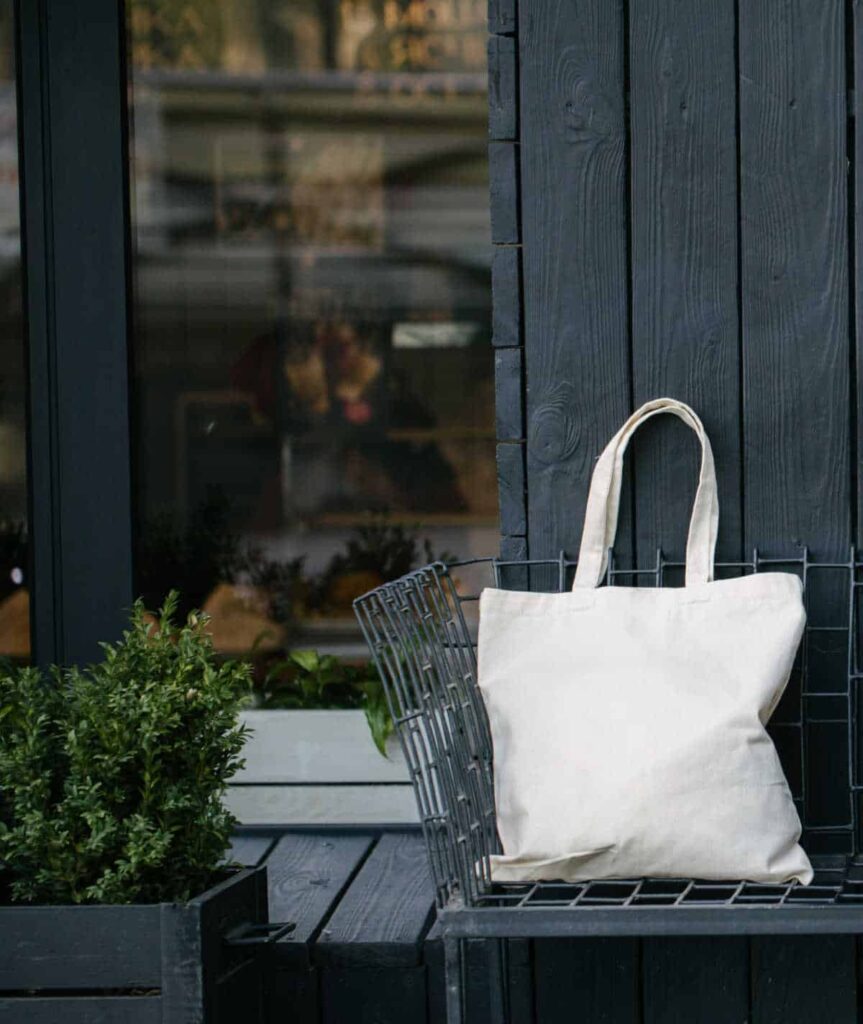Guide to Edible Flowers – What You Can Safely Eat
To support the running costs of Moral Fibres, this post may contain affiliate links. This means Moral Fibres may earn a small commission, at no extra cost to readers, on items purchased through these links.
Looking to know which flowers you can safely eat? Try this handy illustrated guide to edible flowers for everything you need to know.
If you’ve been reading Moral Fibres semi-regularly then you’ll know that I’m into foraging. From nettles to elderflowers and elderberries, to sloes and blackberries and everything in between, it’s becoming a bit of a passion of mine. Free food – what’s not to love about it?!
Whilst reading about foraging online (as you do!) I came across this handy guide to edible flowers on the blog Illustrated Bites.
Illustrated Bites is the creation of US illustrator Heather Diane and combines Heather’s love of food with a love of illustration. Heather’s recipes and posts use seasonal produce, which is another love of mine.
Heather’s guide to edible flowers is a little US-orientated. There aren’t so many hibiscus flowers on our UK shores after all! However, Heather’s guide still holds plenty of relevance for anyone living in the northern hemisphere! Think dandelions, sunflowers, nasturtiums, lilacs, and more, which are all common in the UK.
A Handy Guide to Edible Flowers

Hibiscus
Hibiscus has a delicate cranberry flavour with citrus overtones. Native to tropical and subtropical regions, hibiscus is most often dried and steeped to make tea and other beverages. The fresh petals can be candied or added to salads.
Elderflower
In season from the end of May through to mid-June, with a sweet honey scent. They are best collected after the buds have opened, otherwise, they turn bitter. Commonly used to make elderflower cordial, syrups and teas. Be careful to avoid eating the stems, as they are poisonous.
Lilac
Lilacs have a sweet lemon flavour. They are available in Spring and make a great edible garnish when candied.
Nasturtium
Named after the Latin term for watercress, due to its similar peppery flavour, try adding nasturtiums to salads, pesto or other savoury dishes. The young seed pods may be harvested, pickled and used as a substitute for capers.
Dandelion
Whilst dandelions are considered a weed, both the flowers and leaves of dandelions are edible. Use the young leaves in salads or steam them in hot dishes. And whilst the mature flower is bitter, the young buds are sweet.
Sunflowers
While roasted sunflower seeds are the most familiar product of this plant, the flowers themselves are also edible. The buds can also be steamed and eaten like an artichoke.
Lavender
With a sweet and herbal taste, lavender is another edible flower to know. The buds, which contain essential oils, are used to infuse flavour and scent. Try mixing the buds with sugar. The flavoured sugar can then be used for baking or for beverages. Look out for lavender in mid-summer.
Saffron
The stigma of the saffron flower is painstakingly collected and dried to create this costly spice. Its complex flavour is described as both honey-like and grassy. Saffron is found in both savoury and sweet dishes, including buns, pudding, paella and biriyani.
Courgette Flowers
Courgette flowers (also known as squash blossoms) are available in the summer months when the courgette plant is fruiting. The bright yellow flowers are picked when they are only slightly open. The flowers are popular in Mexican dishes, such as Flor De Calabaza soup. Meanwhile, in Italy, the blossoms are battered and fried.
Rose
Flavours vary, depending on the variety of the rose, and growing conditions, ranging from sweet to tart. The petals, fresh or dried, can be candied or used in teas. Rosewater, made from the essential oils of the petals, is a traditional ingredient in desserts around the world, including Baklava and Gulab Jamun.
Violets
Violets are another edible flower worth knowing about. Some varieties of violets are sweet and aromatic, whilst others have no perfume. Add young flowers to salads or in stuffing for poultry or fish. Candied violets are a common garnish on cakes and pastries. Be sure not to confuse edible violets with African Violets or other non-edible purple flowers.
Were there any edible flower surprises here for you? I personally had no idea that lilacs are edible. Also, sunflower petals and buds were a big surprise too! I must remember this when we grow sunflowers next year!
I have a recipe in my archives for boozy elderflower cordial that is really easy to make, and so delicious. It’s a great place to begin if you’re looking to make a start with edible flowers. I will keep you posted with any other floral recipes that I try – like my pickled cucumbers with fennel flowers recipe.
If you have any recipes for edible flowers then please do also share in the comments below! Also, do add any other edible flowers that you like to use in your cooking, as I am sure there are heaps more!
Found this post useful? Please consider buying me a virtual coffee to help support the site’s running costs.




